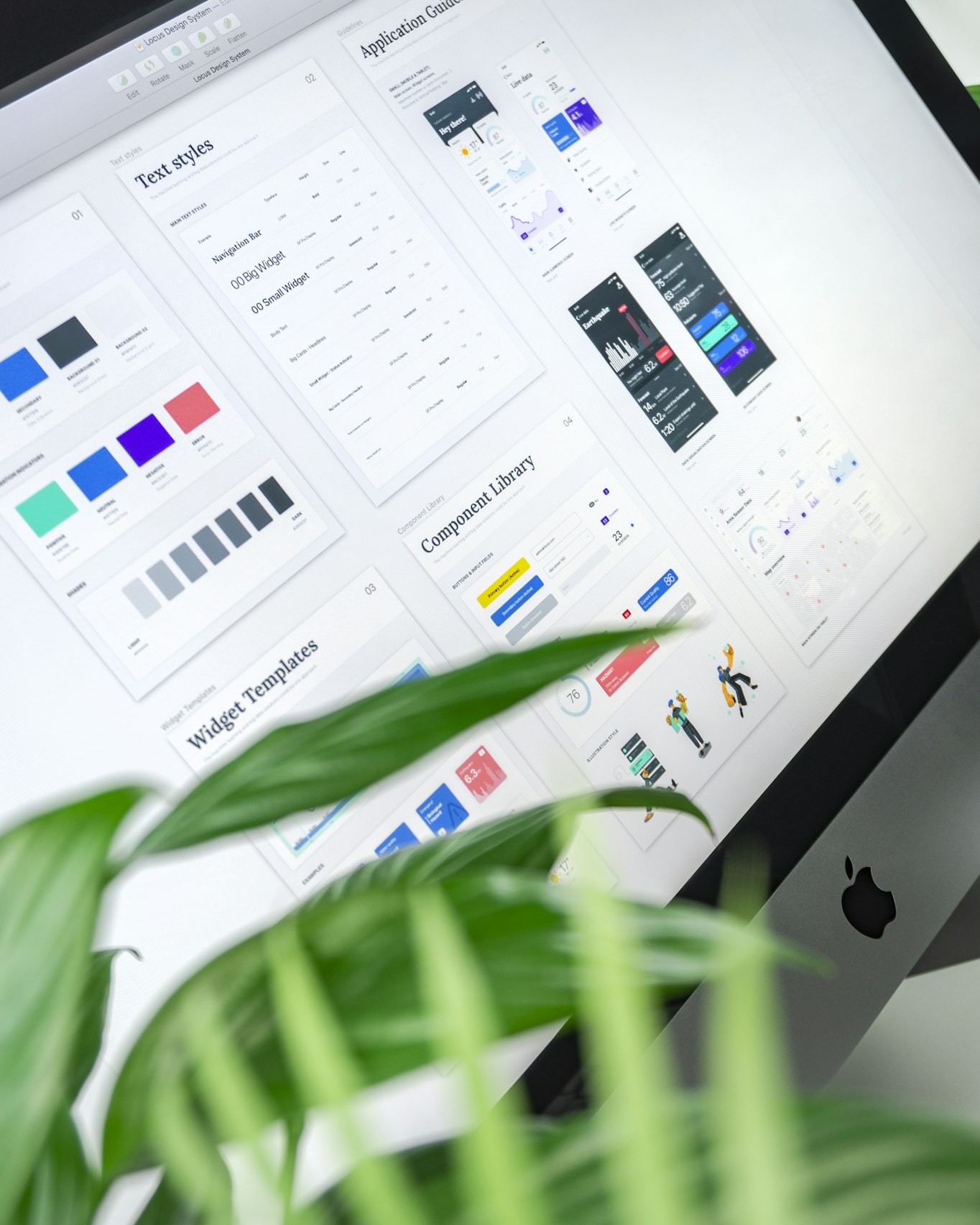What should include in your design system?
Feb 12., 2023
A design system is a collection of reusable design components, guidelines, and tools used to create a consistent user experience across digital products and services. A comprehensive design system should contain the following elements:
Design Principles: A set of core design values and guidelines that define the look and feel of the design system.
UI Components: A library of reusable UI elements, such as buttons, forms, icons, typography, etc. that can be used to build consistent interfaces.
Style Guide: A document that defines the visual language, color palette, typography, and other design elements for the design system.
Pattern Library: A collection of design patterns that can be used as a starting point for creating new interfaces and user flows.
Accessibility Guidelines: A set of best practices for making sure the design system is accessible to users with disabilities.
Interaction Guidelines: Guidelines for how UI components should behave in response to user interactions, such as hover states, animations, and feedback.
Components Library: A collection of code snippets and components that can be easily integrated into a development environment.
Brand Assets: A collection of assets, such as logos, images, and brand-specific color palettes, that can be used in the design system.
Design Review Process: A process for reviewing designs to ensure they are consistent with the design system.
Documentation: Detailed documentation on how to use the design system, including tutorials, videos, and FAQs.
Having these elements in place helps ensure that digital products and services are consistent in terms of design, user experience, and brand identity, and can save time and resources in the design and development process.